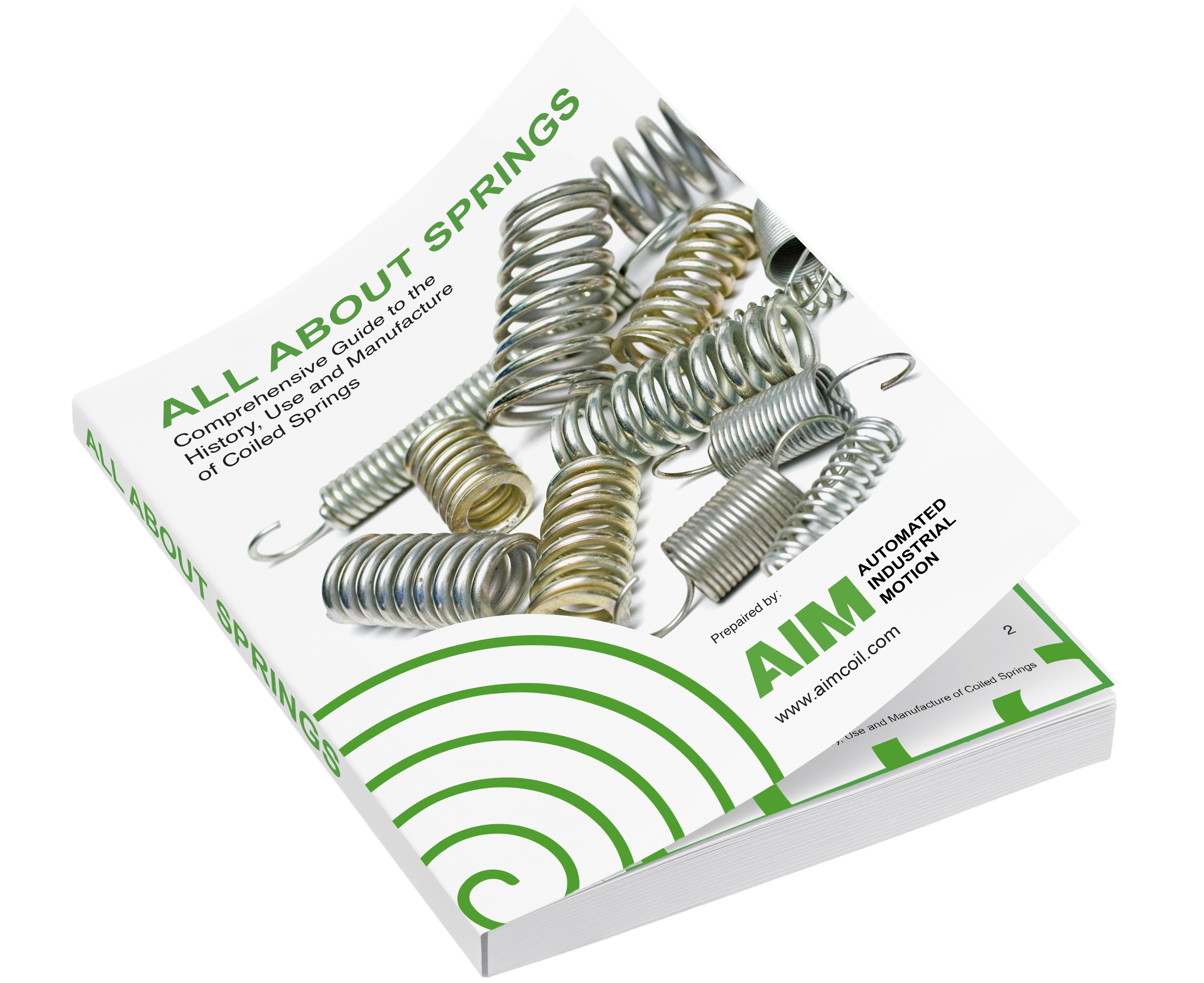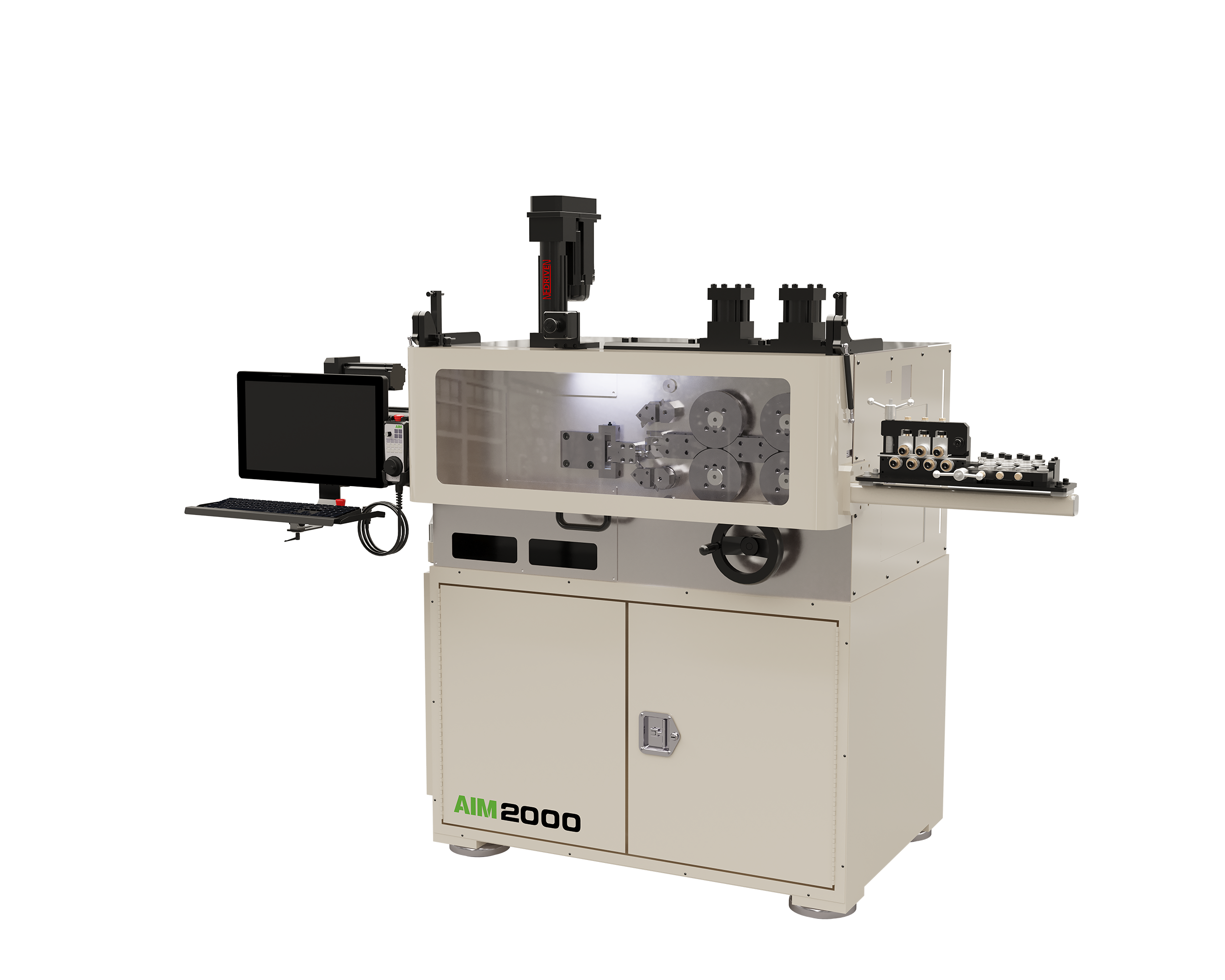All About Torsion Springs
In this installment of our blog series, All About Springs, we focus on torsion springs. Like compression springs and extension springs, you’ll find torsion springs in a wide range of everyday products.
Perhaps the easiest example of a torsion spring in action is a clothespin. As you can see in the image at the right, the spring holding the two wooden clamps together is a torsion spring. The spring allows clothespins to clamp tightly on drying socks, chip bags or whatever other applications you might find for them.
You’ll also find torsion springs in ATV suspension systems, clipboards, hinges and ratchet tools–and the list doesn’t end there. Torsion springs work in a different way than compression and extension springs, but they’re still one of the world’s most common springs.
How Torsion Springs Work
 Torsion springs are often close wound, so that each coil touches the next. Their ends are configured in different ways. Like extension springs, torsion springs must attach to other parts at both ends in order to work. When forces act on the spring ends, they tighten the coils of the torsion spring. As the spring returns to its resting coil diameter, it brings the attached parts with it.
Torsion springs are often close wound, so that each coil touches the next. Their ends are configured in different ways. Like extension springs, torsion springs must attach to other parts at both ends in order to work. When forces act on the spring ends, they tighten the coils of the torsion spring. As the spring returns to its resting coil diameter, it brings the attached parts with it.
To hold them in place, torsion springs are often placed on a mandrel, a small rod or peg, that fits inside the coils. The fixture must be snug enough to avoid excessive play, but loose enough to allow full motion. Alternatively, the entire spring can be placed in a blind hole to keep it in place. In other cases, as in the clothespin example, the spring ends are configured in such a way that they connect the spring securely to its adjacent parts.
Depending on the application, torsion springs can be left hand, right hand or double. The latter configuration is like two springs (left and and right hand) coiled from the same wire.
Manufacturing Torsion Springs
 As with any spring, a variety of parameters must be taken into account in order to properly calibrate a spring coiling machine to produce torsion springs. In addition to general size and shape, designers of torsion springs must take the following into account:
As with any spring, a variety of parameters must be taken into account in order to properly calibrate a spring coiling machine to produce torsion springs. In addition to general size and shape, designers of torsion springs must take the following into account:
- Spring rate: a measure of the force necessary to act on the spring
- Maximum deflection: the farthest a spring can be pushed before damage occurs
- Pitch: while most torsion springs are close wound, some are wound with pitch to reduce friction
- Ends: the wire forms at the ends of the coil that attach to external parts
CNC spring coiling machines are usually able to produce torsion springs. In order to produce finished springs, coiling machines must be able to handle a variety of end configurations. The plain ends of a compression spring, for example, would not allow torsion springs to function.
The American standard for spring coiling is to use a single-point coiling system. Single-point coilers are more versatile in terms of the work they can perform. Automated Industrial Motion (AIM) offers a range of CNC spring coilers that are capable of producing torsion springs to nearly any specification.
Learn More
Take a look at these resources for more information on the springs and spring coilers discussed in this blog. Be sure to subscribe so you don’t miss any updates.




